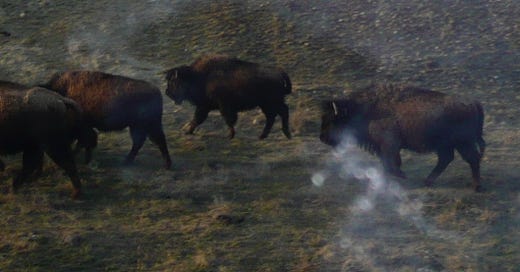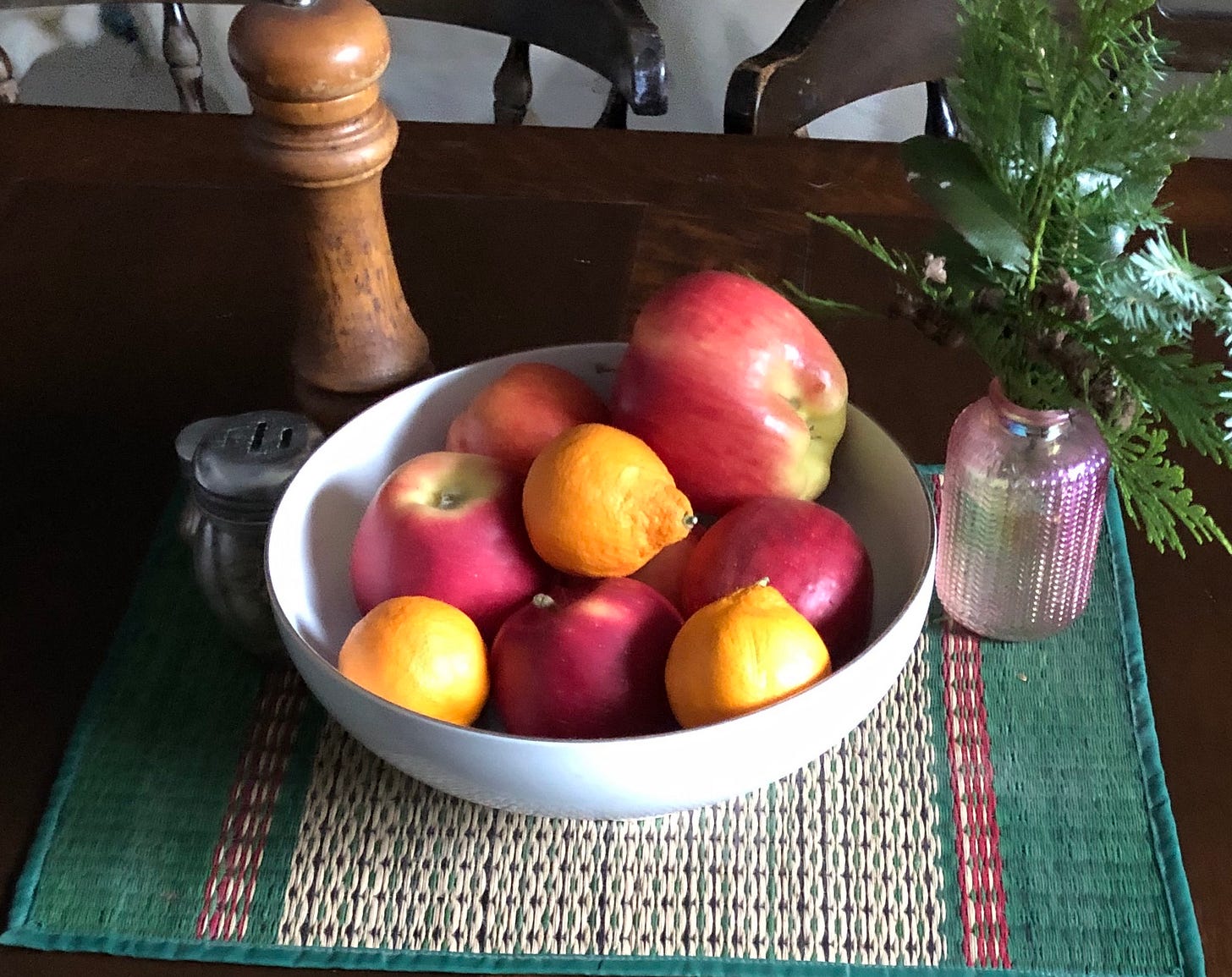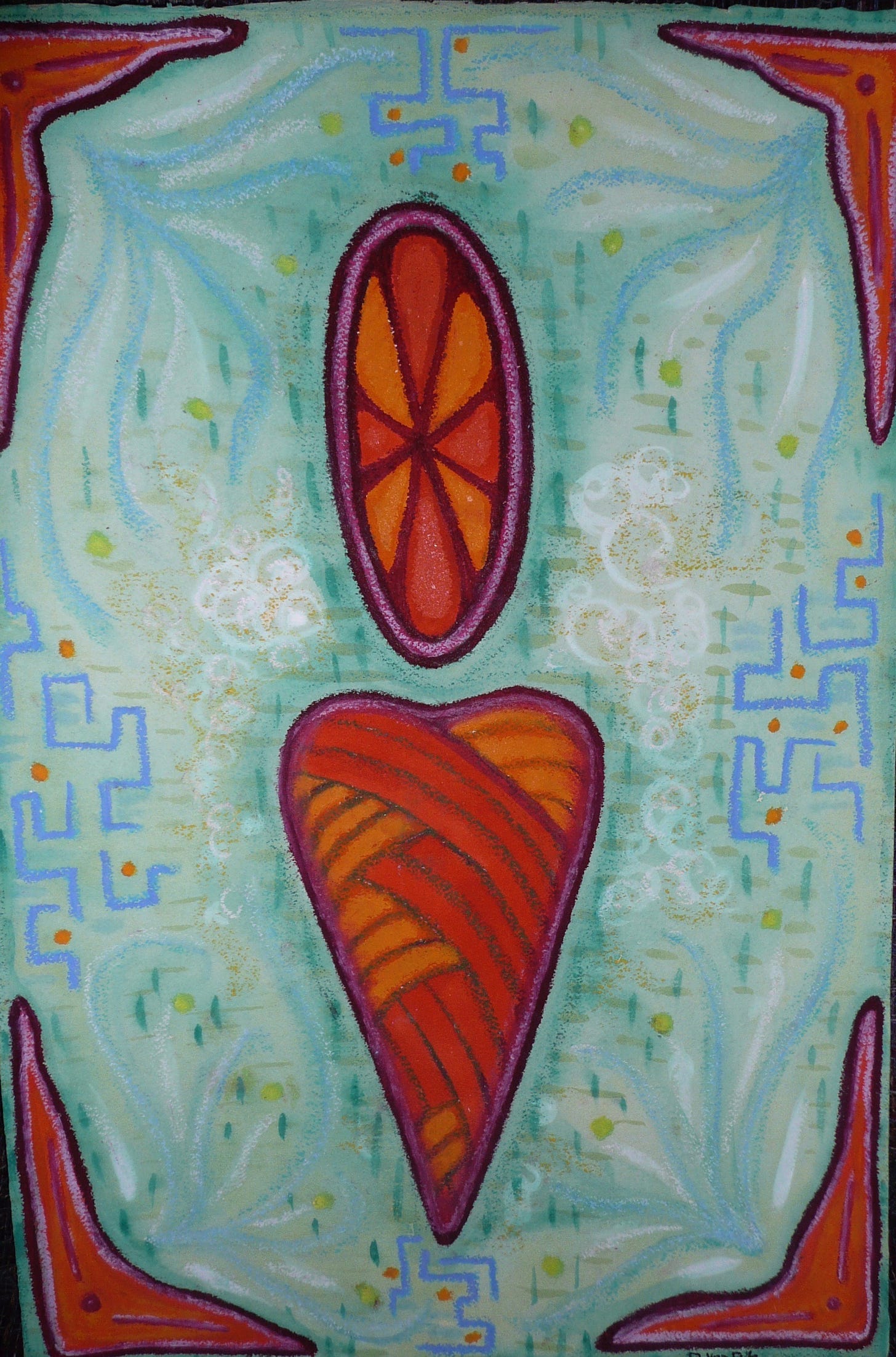A part of me is amazed that we actually made it to 2024, with the horrific situation unfolding in the Middle East, and being on the edge, or having passed it, of so many environmental tipping points.
Another part of me is a lover of beauty in its many and varied forms. I studied interior design and pay attention to what’s gorgeous, delicious and inspiring.
So from those parts of me I thought I’d write a post on emerging trends that I suspect will grow in the upcoming year and beyond.
I also believe that beauty is intimately connected with quality of life, so these are tied together in the emerging trends I’m noticing.
An Overview
As we look at the first quarter of the new millennium, it seems that we’re dragging some outmoded ways of being around, and need to let them go so we can move on to a better place. We’re past due for a huge leap forward. Here’s what I think that will look like.
This year’s look is cozy, comfortable and personalized. It combines elements of our unique cultural and personal expression, spaces that are intimate and nourishing, and a large dash of wabi sabi.
It also creates a feeling of connection, belonging and the ability to flourish.
Grand spaces will be for public use, and our homes will be sufficient and small compared to what many are used to, especially the very well to do. The new emphasis on grand public spaces reflects a renewed commitment to community well-being, where so much fulfillment is to be had.
The new look also integrates healing in its various forms combined with permaculture design and environmental restoration principles. As systems thinking becomes more mainstream, we’re realizing that everything is connected with everything else. Looking at the bigger picture of how our homes, communities and nations are connected, and planning from a place of healing these connections gets us moving in the direction needed in 2024 and beyond.
What’s hot: Small, intimate, welcoming living spaces where we freely express ourselves personally and culturally. We feel affirmed and supported in these spaces, and when others visit, they get a genuine sense of who we are and the cultural influences that have shaped us.
What’s not: Cookie cutter anything. We don’t want to be a bland cog in the machine, we want to be radically ourselves. So we will be shopping less at big box stores.
What’s hot: authenticity, quality, and uniqueness. We want to express who we really are, and what we value. Objects, colours, smells and tastes can help to tell our stories. Family heirlooms are like postcards from the past, material markers of earlier times.
What’s not: Plastic. Not only is it tacky, tacky, tacky! But it’s a petroleum product that never breaks down. So from its beginnings in oil fields, to the present, where it looks like junk, to the future where it contaminates land and water, it’s to be avoided. Yes, I realize that there are some products that don’t give us a viable choice, like the computer I’m typing on, our cell phones, or our home plumbing. We have these limitations at the moment, and there’s not much we can do about them.
As well items without a story behind them are experiencing a cooling trend. Looking around our homes, we should be reminded of friends and family, or even great finds from garage sales and secondhand stores.
What’s hot: Good food. Local, lower on the food chain, organically grown and fairly traded are best. And shared with friends and family. Also gardens, wildcrafting, permaculture, eating all edible parts of plants, and ugly fruits and vegetables. Home cooking, potlucks, wildcrafting, canning and drying food, and sharing recipes are stylish. Local self sufficiency gives us food security and makes us less dependent on the industrial food system.
Food does more than nourish our bodies; it creates connection with others and has impacts on our environment and societies. Paying attention to these can help our health and the planet’s well-being.
What’s not: Food that is overly refined, food waste, food deserts, and food that contains dubious ingredients, and is laden with pesticides.
What’s hot: Lowering our greenhouse gas emissions and preserving our lands and waters.
What’s not: More fossil fuel projects, clearcutting forests, fish farms in the open ocean, and factory farming. All of these cause so much environmental destruction.
What’s hot: Doing more with less. This is particularly pertinent to the very wealthy. Does anyone really need a private jet? Or numerous mansions? A few brave rich people have started this trend, and I suspect that it will grow like wildfire.
What’s not: Ostentatious displays of wealth. They’re a poor reflection on a person’s character.
What’s hot: Community. We all need homes, and housing needs to be considered a human right, not a commodity. We need robust, electrified affordable public transit to connect us. Our health care and home care for the elderly need to be publicly owned, and provide lots of different health options such as Chinese medicine, naturopathy and osteopathy. Quality public schools, libraries, community centres, farmers’ markets and vibrant public spaces should be part of every community. Co-ops and credit unions should be rampant. We need well paid, meaningful jobs that contribute to the well-being of our communities.
What’s not: Lyft, AirBNB, gig work of all kinds, housing as a commodity, for profit health care and seniors’ care homes, and privatized infrastructure.
What’s hot: restoration of land, water and air. That means electrifying everything and creating green energy sources such as solar, wind and geothermal to power our grids.
What’s not: faux green solutions like carbon, capture and storage. This is just another way of extending the world’s dependence on fossil fuels.
Nuclear power is expensive and produces waste that is dangerous and polluting. It’s not part of the climate solution formula.
We need affordable, tested forms of green energy, since we don’t have time to fiddle with unproven, expensive and ineffective alternatives.
Replacing fossil fuels with clean energy sources will also benefit our general health according to the Canadian Association of Physicians for the Environment (CAPE). Good health is solidly on trend for 2024 and beyond.
What’s hot: Major innovations to our political systems: Bringing in systems of proportional representation, citizens’ assemblies, and participatory democracy would revitalize our democracies. A guaranteed annual liveable income for all would ensure no one has to go hungry and would stabilize the economy. We also need to adopt the Doughnut Economics model, and circular economy principles. These would stimulate our economy and ensure that everyone had enough.
As well, genuine diversity and inclusivity and not just the tokenism that is so often what we get. We need the traditional wisdom of indigenous people to address the environmental problems we’re facing, and we need the authentic voices of all marginalized groups.
The best expression of this I’ve heard is from Zahraa Al-Akhrass below.
What’s not: Continued colonialism. The neoliberal system with its democracy deficit, its concentration of wealth to the detriment of everyone else, the privatization of almost everything, and ongoing exploitation of other countries.
What’s hot: peace, collaboration, diplomacy
What’s not: war, genocide, bullying
When a person or a country sees themselves as a hammer, those around them, whether other people or other countries, don’t want to be the next nail. Whether it’s a schoolyard bully, or a country that makes excuses to invade other countries for fabricated reasons, they won’t be powerful for long. It’s natural for other people and other countries to band together to protect themselves. After all, none want to be the next nail.
If we don’t want to be a nail on a personal level, nonviolent communication is a useful tool.
And collectively, organizing gives us some protection from various hammers. If you’re employed, I hope you’ll consider unionizing. The labour movement has had some stunning wins lately and is on the rise. A great example of this is the United AutoWorkers’ Union (UAW).
Genocide is something I think we all thought we’d seen the last of. However, Israel’s destruction of Gaza makes us realize that “Never again” wasn’t meant for everyone in some minds.
Thankfully, South Africa has filed a case against Israel at the International Court of Justice (ICJ), accusing it of crimes of genocide against Palestinians in Gaza. It is my hope that this will end the killing and destruction in Gaza, and bring about a negotiated lasting peace, and create mechanisms to prevent anything like this from happening again.
When a country has something another country wants, negotiations need to take place for that resource, and a fair price paid. It is not a reason to organize a coup, a military takeover or a war.
When I think about how the world should operate, Star Trek’s prime directive comes to mind: These words best express my idea of its meaning:
The Prime Directive prohibits Starfleet personnel from interfering with the natural development of a society for good or bad, and that has often meant that crews must stand by as an entire civilization is wiped away by natural disasters or technological folly. While not a perfect rule, the Prime Directive's blanket ban on interference is necessary.
These trends should get us onto the right footing to move into a vibrant future. There’s forward movement on all of these issues. Let’s put our differences behind us and work together for the future we want. 2024 will needs to be humanity’s turning point.
.








I could not agree more with your hot and not list! Great work here!
Of course, I agree with you completely. I was glad you included the failure of the so-called "democratic" system of government (as opposed to the neoliberal system): << Bringing in systems of proportional representation, citizens’ assemblies, and participatory democracy would revitalize our democracies. >> Sadly, people in the USA are convinced that they have a perfect (or nearly perfect) system of government, when it is hard representative or democratic.